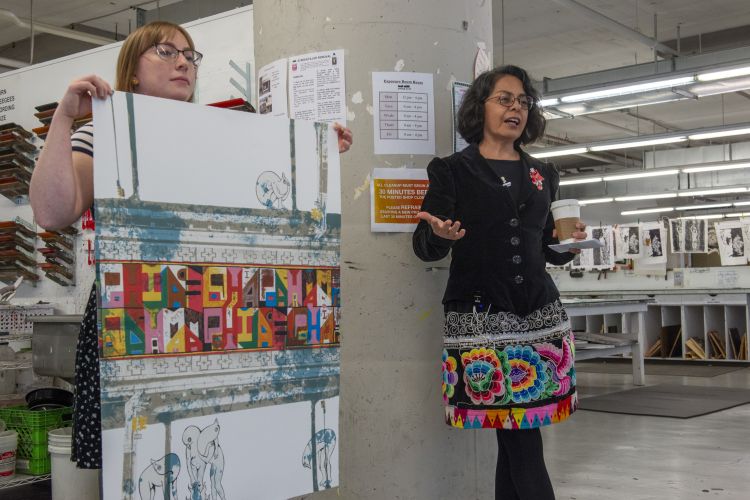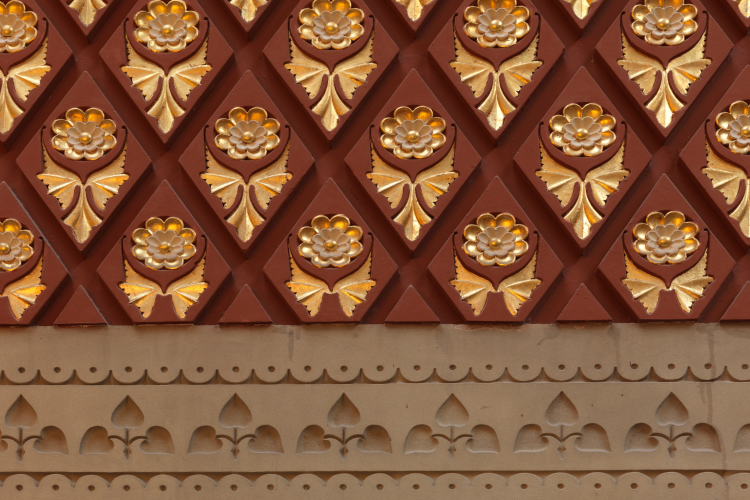STORIES FROM PAFA
Ana María Gómez López
Ana María Gómez López (Post-Bacc. ’11) left a career in forensic anthropology to become a visual artist, a journey that began at PAFA and continues in her current home of Berlin.
“I arrived at PAFA with no previous training in studio art, and my initial expectation of the program was to gain basic knowledge of artistic materials and techniques for figurative painting. I soon realized that my experience at PAFA was far more about understanding the wider implications on representing the figure as a window to understanding the human as a whole.”
She credits the Post-Baccalaureate faculty as well as fellow Post-Bacc and MFA students with helping establish the foundation for her present work as a visual artist -- one that has led her to the MFA program in painting and printmaking at the Yale University School of Art, a residency at the Skowhegan School of Painting and Sculpture, and an artist-in-residency at the Max Planck Institute for History of Science in Berlin.
“PAFA was the beginning of my transition into the visual arts, and I could have not chosen a better place to initiate this process.”
While at Yale, she received a research fellowship that resulted in a sound installation Walden, inspired by Henry David Thoreau and included in a group show at the deCordova Sculpture Park and Museum in Massachusetts. A 2014 solo exhibition in Stockholm, Sweden, featured night-time photographs paired with sculptural casts of branches and bone. The gallery observed that her work invoked “the threshold between daytime and dusk and the continuum between a botanical stump and a biographical fragment.”
In 2015, she was selected for an National Culture Awards (Premios Nacionales de Cultura) from the University of Antioquia in Medellín, Colombia. The award, which was in the category of performance and living arts, is among the country's most significant honors.
“Although the form of these projects is very different to the work I was doing at PAFA a few years ago, I continue to rely heavily on knowledge of the figurative artistic tradition that attracted me to PAFA in the first place.”




